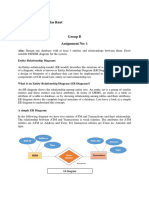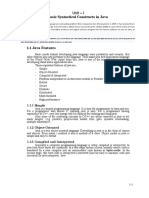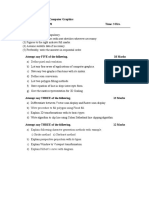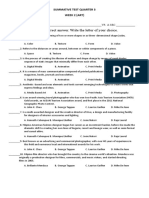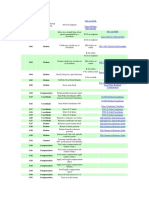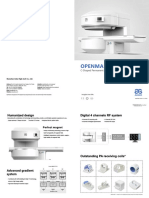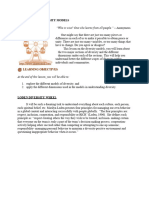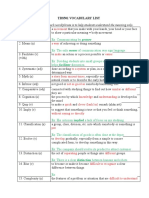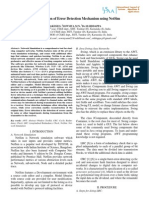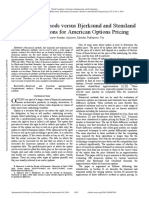0% found this document useful (0 votes)
649 views3 pagesDesign Model
Design modeling in software engineering encompasses the architecture, user interface, and component-level details of software development, utilizing various methods such as data-driven and object-oriented approaches. It is categorized into four main areas: data design, architectural design, user interface design, and component-level design, each focusing on different aspects of system structure and interaction. The process ensures clarity, enhances collaboration, and optimizes user experience through careful planning and usability testing.
Uploaded by
nayna sawantCopyright
© © All Rights Reserved
We take content rights seriously. If you suspect this is your content, claim it here.
Available Formats
Download as DOCX, PDF, TXT or read online on Scribd
0% found this document useful (0 votes)
649 views3 pagesDesign Model
Design modeling in software engineering encompasses the architecture, user interface, and component-level details of software development, utilizing various methods such as data-driven and object-oriented approaches. It is categorized into four main areas: data design, architectural design, user interface design, and component-level design, each focusing on different aspects of system structure and interaction. The process ensures clarity, enhances collaboration, and optimizes user experience through careful planning and usability testing.
Uploaded by
nayna sawantCopyright
© © All Rights Reserved
We take content rights seriously. If you suspect this is your content, claim it here.
Available Formats
Download as DOCX, PDF, TXT or read online on Scribd
/ 3









